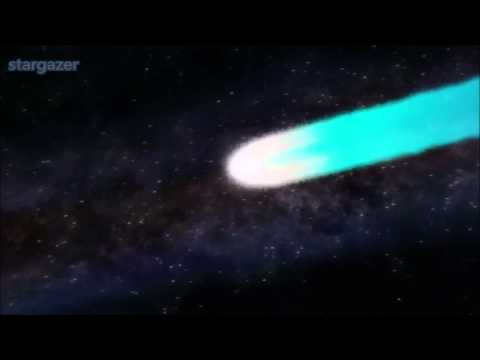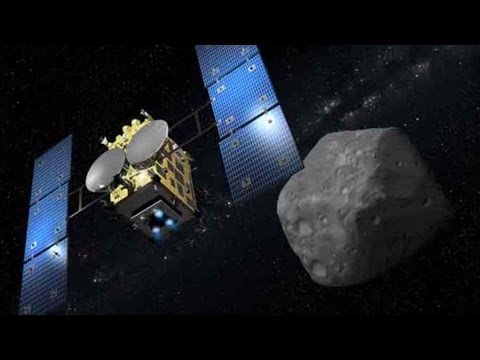From Space to Earth: The Fascinating Science Behind Impact Craters
Impact craters are one of the most fascinating geological features found on Earth. These circular depressions, often surrounded by raised rims, are created when a meteorite, asteroid, or comet collides with the surface of the planet. The force of the impact causes the rock and soil to be ejected outwards, creating a distinctive crater shape.
One of the most famous impact craters on Earth is the Chicxulub crater in Mexico, which is believed to have been formed around 66 million years ago when a massive asteroid struck the planet. This event is thought to have contributed to the extinction of the dinosaurs and the rise of mammals as the dominant species on Earth.
But impact craters are not just a feature of Earth – they can be found on other bodies in our solar system as well. The Moon is covered in impact craters, as it lacks an atmosphere to burn up incoming meteoroids. The largest impact crater on the Moon is the South Pole-Aitken basin, which is over 2,500 kilometers in diameter.
Studying impact craters can provide valuable insights into the history of our solar system. By analyzing the size, shape, and distribution of impact craters on a planet or moon’s surface, scientists can determine the age of the surface and the frequency of impact events over time. This information can help us understand the dynamics of our solar system and how it has evolved over billions of years.
In recent years, researchers have also been studying impact craters as potential sites for future exploration and even colonization. The unique geological features and mineral deposits found in impact craters make them attractive targets for scientific research and resource extraction.
One fascinating aspect of impact craters is the process of their formation. When a meteorite collides with the surface of a planet or moon, it creates a shockwave that travels through the rock, causing it to fracture and deform. This process can create unique geological formations such as shatter cones, which are distinctive cone-shaped fractures found in some impact craters.
Overall, impact craters are a testament to the violent history of our solar system and the constant bombardment of celestial bodies by space debris. By studying these fascinating geological features, scientists can gain a better understanding of the processes that have shaped our planet and the other bodies in our solar system. From space to Earth, impact craters are a reminder of the dynamic and ever-changing nature of the universe.













